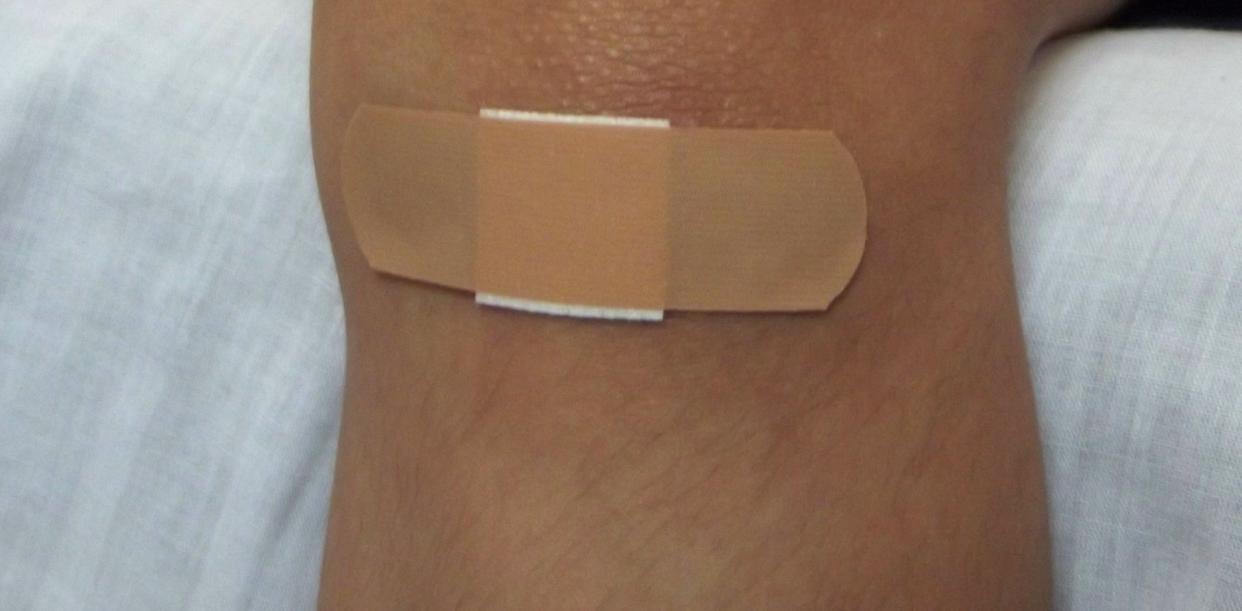Here’s what to do when a wound bleeds heavily

Bleeding heavily from a wound? Here’s what to do: Immediately apply pressure on the wound, and maintain the pressure until the bleeding stops. If the bleeding remains heavy and you are unable to control it, seek medical help.
Excessive bleeding can lead to a drop in blood pressure, which can affect the blood supply to your organs and result in shock, a life threatening condition.
“Depending on which organs are affected – there can be loss of consciousness from inadequate blood flow to the brain, or blood loss-induced heart attack, or even acute kidney injury,” says Dr Joy Quah, Associate Consultant, Department of Emergency Medicine, Singapore General Hospital.
Excessive blood loss may be accompanied by symptoms such as:
Dizziness
Shortness of breath
Damp, pale skin
Quickened heart rate
Infrequent or no urination
Unconsciousness
Overall weakness
Faint pulse
Purple lips or nails
“Some seemingly serious-looking injuries bleed very little, whereas cuts on areas of the body which are more richly supplied with blood vessels such as the scalp or cuts which result in injury to bigger blood vessels near the neck, armpits, thigh, back of knee or the ankle region may bleed profusely,” says Dr Quah.
Healthy individuals may start to display the symptoms of excessive blood loss when they lose 750ml of blood while individuals who have a low blood count or suffer from a heart condition may display these symptoms with less blood loss. An average human body has about 5 litres of blood, explains Dr Quah.

What to do if a wound bleeds heavily
Remove any clothing and debris on the wound.
Place a clean cloth or sterile bandage on the wound and press firmly with your palm to control the bleeding. Apply constant pressure until the bleeding stops.
If the blood seeps through the cloth or bandage, add another bandage on top and continue to apply pressure.
Lift the injured area above the level of the heart – this will help to reduce/stop the bleeding.
Once the bleeding has stopped, clean the wound with water, apply an antibiotic ointment and a sterile gauze or bandage.
What you should not do:
Don’t probe the wound or try to remove anything deeply embedded in it.
Don’t apply an anti-inflammatory cream/lotion.
Don’t tie a tourniquet to the wound if you are not trained to do so.
More from the author:


